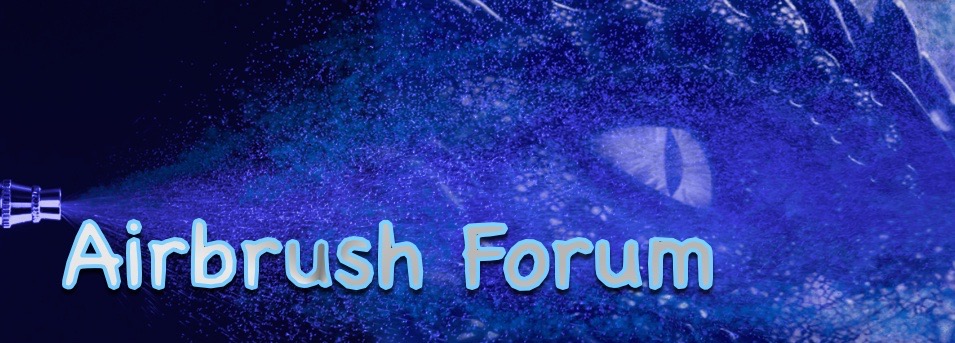D
donec
Guest
I don't know if this is the right place for this.
As a newbie my self I have been trying to gather some information about airbrushes and have made a spreadsheet showing the info to help me decide which would have the features I want.
I thought I would share this information so...

Also if anyone wants the xls file just pm me and I will provide it. If anyone can add to this information please let me know and I will update the spreadsheet.
As a newbie my self I have been trying to gather some information about airbrushes and have made a spreadsheet showing the info to help me decide which would have the features I want.
I thought I would share this information so...

Also if anyone wants the xls file just pm me and I will provide it. If anyone can add to this information please let me know and I will update the spreadsheet.
Last edited by a moderator:
